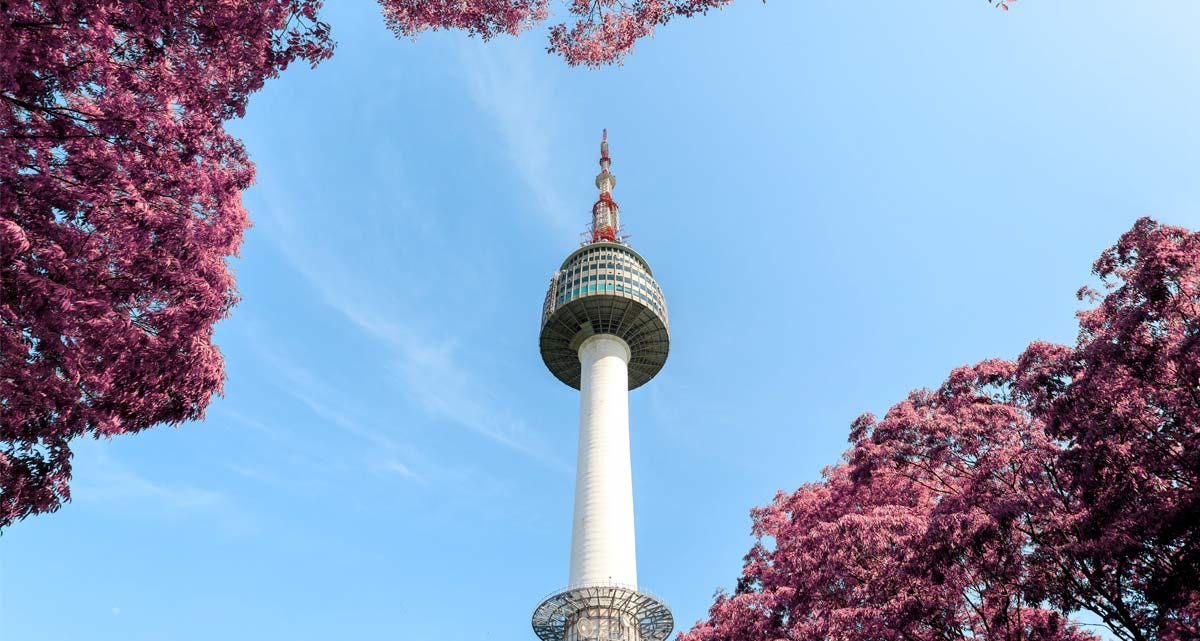October 9 is a National Holiday in South Korea—Hangul Day. This digitization of Hangul commentary will provide some insights into not only Korea but their native written language.
The Hidden Driver of Korea’s Economic Success
Dr. Peter Wonsok Yun and Don Southerton, October 2020

The Digitization of Hangul–we often see terms like “Miracle on the Han,” that highlight South Korea’s economic rise after decades of harsh Japanese colonial rule and then the devastation of the Korean War.
With only determination and its people as resources, Korea became one of the world’s top industrial, export-driven economies. In particular, the main contributions to this success story include the nation’s emphasis on higher education, as well as the role of government and private investment in innovation, technology, and R&D.
Looking deeper, what may be missed is the impact of digitizing the native written language Hangul. Crafted in the mid 15th century during the reign of King Sejeong. Hangul linguistically is seen as a very logical and structured written language script.
Inspired by a vision to make Korea information independent
Jumping forward, it was in the early 1990s that a local Korean company, today’s Hancom Group, successfully developed a native word processing program for the Korean language.
As Hangul was created so that the common people could accurately and easily read and write the Korean language, so too, the word processing software allowed Koreans to communicate digitally. https://office.hancom.com/about/history/
Although the Hangul word processing software grew in popularity, by 1998, the company nearly went bust, even though it was considered a national treasure: the Asian Financial Crisis and software piracy had brought the company to its knees.
Rival Microsoft which had only about 15% market penetration in office software at the time in Korea, offered $20 million to Hancom to stop producing its software and instead resell Microsoft’s localized Word program.
For a small investment, Microsoft would have wiped out their main competitor in Korea, one of the few countries in the world that had still resisted wide adoption of Microsoft’s office suite.
When the news of the proposed deal offering surfaced, Koreans united in a national fervor and raised over $10 million through a campaign to save the company.
In addition, the company’s near-bankruptcy brought the issue of software piracy under the spotlight. As a result, Koreans began to pay for their software and more began to adopt and use the Hangul software in Korea.
An Economic Driver
With the rise of globalization, and Korea as a nation leapfrogging economically, experts attribute much of the growth to the streamlining of both government policy and regulations. This was possible with a universally accepted digitalized Hangul well suited to the E-Government transfer of information. E-Government refers to a government that uses technological communications devices, such as computers and the Internet, to provide public services in a country or region.
This has also given Korea a strong competitive advantage—data management critical in the digital age.
Looking forward, South Korea today is at the forefront of AI and Cloud-based technology. That said, one may argue that many under-developed nations, most with their own indigenous languages, too, could follow Korea’s digitalization model.
Globally, South Korea and key digital firms like Hancom are well-positioned to support this and similar new endeavors such as Mobility, EV and AI—as the Korean proverb noted—A Rising Tide Lifts All Boats.
###











Christmas Holiday in South Korea 2020
Christmas is a popular holiday in South Korea. That said, it is also seen as a distinctly Christian holiday. As the holiday approaches, you may wish to greet Korean colleagues with a common greeting. Sae hae bok man i ba deu say yo!
Hint: When speaking, break the greeting into: sae hae bok—mahne—bah deu say yo
Sae hae bok man i ba deu say yo! works well both in person, in a card, text, IM, or an email.
In fact, it is the best seasonal greeting for New Year’s, too.
With the time differences, plan to wish Korea-based friends and colleagues a holiday greeting no later than US/ Canada/ EU on Wednesday, December 23, 2020 …so Thursday Christmas Eve Day AM in Korea.
Questions on the Christmas holiday in South Korea business norms? Dsoutherton@bridgingculture.com
#